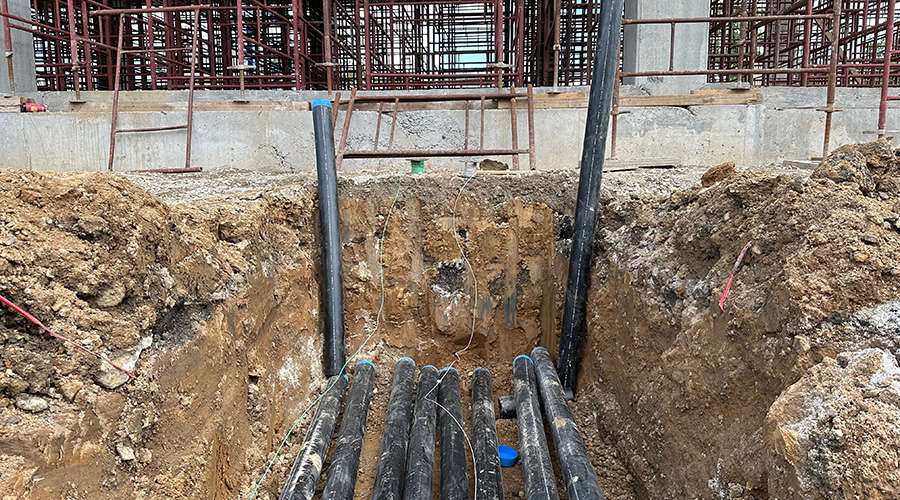« Back to Facilities Management News Home
« Facilities Management
Report: China Making Significant Progress in Building Energy Code Compliance
Third Parties Proving Essential to Increasing Compliance Rate
Washington,
D.C. -- China is now the largest market for new
construction in the world, adding about 20 billion square feet to its
commercial and residential building stock annually in recent years.
Given this scale, enforcement of building energy codes across China is
challenging and critical for both Chinese and global building energy
efficiency and carbon mitigation. Compliance with building energy codes
has been reported as low, but a few new studies indicate that China has
actually made great strides in improving compliance since 2005.
"China
has dramatically improved its compliance rate with building energy
codes in only five years," writes Shui Bin in a new report released by
the Global Buildings Performance Network (GBPN) and the American Council
for an Energy-Efficient Economy (ACEEE), Third Parties in the
Implementation of Building Energy Codes in China (http://aceee.org/research-report/i121).
In the report, a third party refers to a company not affiliated with
developers and regulatory bodies, but directly or indirectly involved in
the process of ensuring compliance with building energy codes.
"The
significant improvement is rooted in strong governmental regulatory
support; clear rules about the responsibilities of key stakeholders and
penalties for non-compliance; and an effective national program of
inspection," notes Dr. Shui.
In
2005, the Chinese government launched a series of national policies and
projects to promote the enforcement of building energy codes. According
to the country's annual national inspection of building energy
efficiency (which surveys four megacities, the majority of 30 provincial
capitals, and two randomly selected cities in each province),
compliance rates in large and medium-sized cities have risen from 53%
(design stage) and 21% (construction stage) in 2005 to 99.5% and 95.4%,
respectively, in 2010.
The
energy code compliance rate in China is defined as compliance with
mandatory items in building energy codes at both the design and
construction stages. The reported compliance rates do not take into
account small towns and rural areas. Some international building experts
have suggested that the definition of compliance needs to be improved.
Nevertheless, the compliance rates point to the strong performance of
the overarching institutions, including the functioning of third
parties, between 2005 and 2010. Factors contributing to China's success
include: strong regulatory support; multiple agencies involved in
compliance efforts; the employment and transparent management of third
parties (there were 5,500 certified construction inspection companies as
of 2009); and clear penalties for non-compliance.
China's
system "lends itself to getting better compliance rates, because there
is effective oversight from the local to the national level and the
energy code is seen as equally important as fire and life safety codes,"
says Ryan Meres, Code Compliance Specialist at the Institute for Market
Transformation.
For
China's energy code compliance to continue to improve, the bidding
process needs further protection against corruption, Dr. Shui writes.
The education and training of construction workers must also be
addressed. Information about code requirements and construction
techniques needs to be more widely disseminated, as well.
To read the report visit http://aceee.org/research-report/i121 .
###
About
ACEEE: The American Council for an Energy-Efficient Economy acts as a
catalyst to advance energy efficiency policies, programs, technologies,
investments, and behaviors. For information about ACEEE and its
programs, publications, and conferences, visit aceee.org.
About
GBPN: The Global Buildings Performance Network (GBPN) has a mission to
significantly reduce greenhouse gas emissions associated with building
energy use by promoting best practices in building energy efficiency
and performance; offering world-class energy efficiency expertise to
policymakers and business leaders; and advancing policies and programs
that promote low-carbon, energy-efficient buildings worldwide. The GBPN
operates in the United States, Europe, China, and India with its global
center in Paris. The Institute for Market Transformation in Washington,
D.C, is its U.S. hub. For more information, visit imt.org and www.globalbuildings.org.
More From 4/18/2025 on FacilitiesNet







